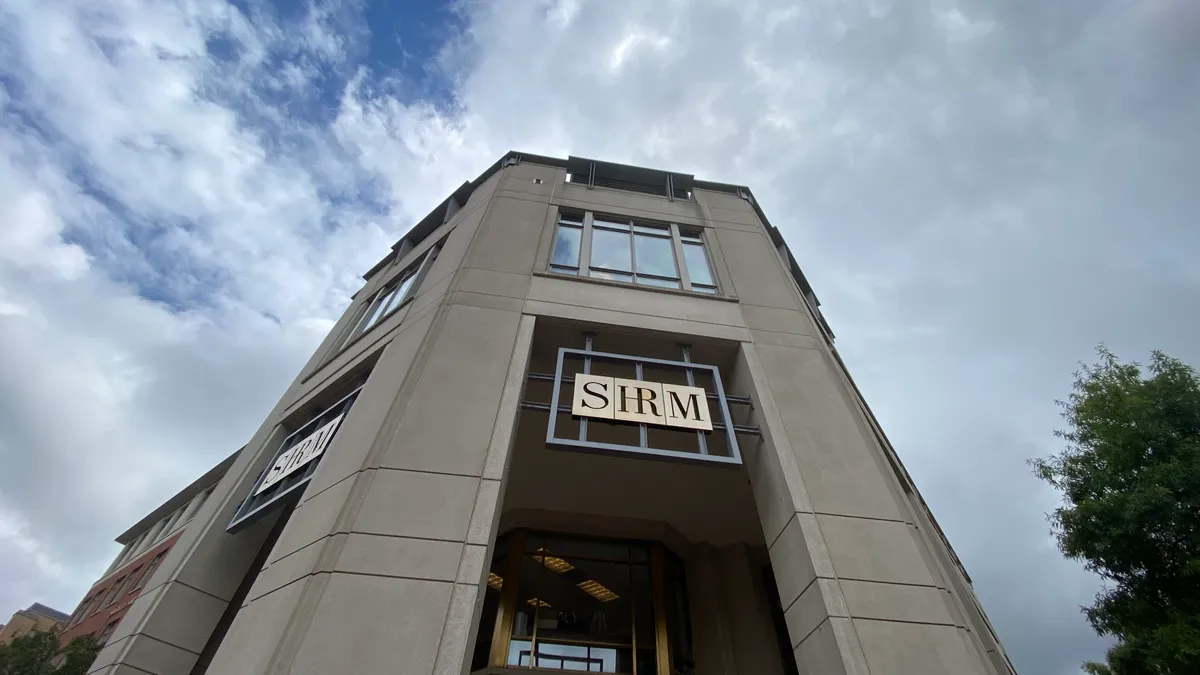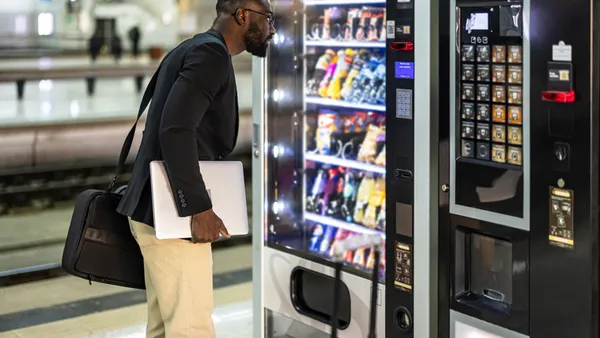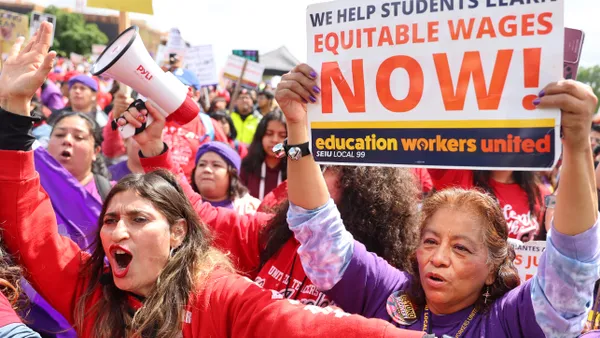Dive Brief:
- Benefitfocus released their inaugural State of Employee Benefits report today, focusing on benefit trends affecting employers throughout the U.S. The first report focuses on large companies and includes data gathered from 700,000 employees and 500 large employers that use the Benefitfocus platform.
- While more employers are beginning to implement HDHPs, they continue to be the "exception, not the rule," according to the report. 42% of large employers still only offer "traditional" plans (PPOs, for example), though Benefitfocus predicts growth of HDHPs may rise as more employers educate their workforces on how to invest in an HDHP.
- One important reason HDHP adoption may be low: quite a few large employers do not offer voluntary benefits that, when paired with HDHPs, make those plans more appealing.
Dive Insight:
Generally, HDHPs have garnered attention because they are a way for employers to put healthcare costs back onto the employee, and the data here backs that up. HDHPs are consistently less expensive premium-wise for employees, and are either on par with PPO cost or significantly less than PPO cost for employers (especially true for family plans.)
Demographically, the expected holds up as well: Millennials are the demographic with the highest participation in HDHPs, at about 43% of under-26 millennials and 42% of older millennials, though an equal number also participate in PPOs. But Millennials also participate the least in HSAs – a gap that may reveal problems communicating to the younger demographic group.
Additionally, while those on HDHPs tend to also participate in offered voluntary benefits, like accident coverage or critical illness coverage, participation in these benefits is still lower among HDHP participants versus PPO participants, revealing another potential knowledge gap.















